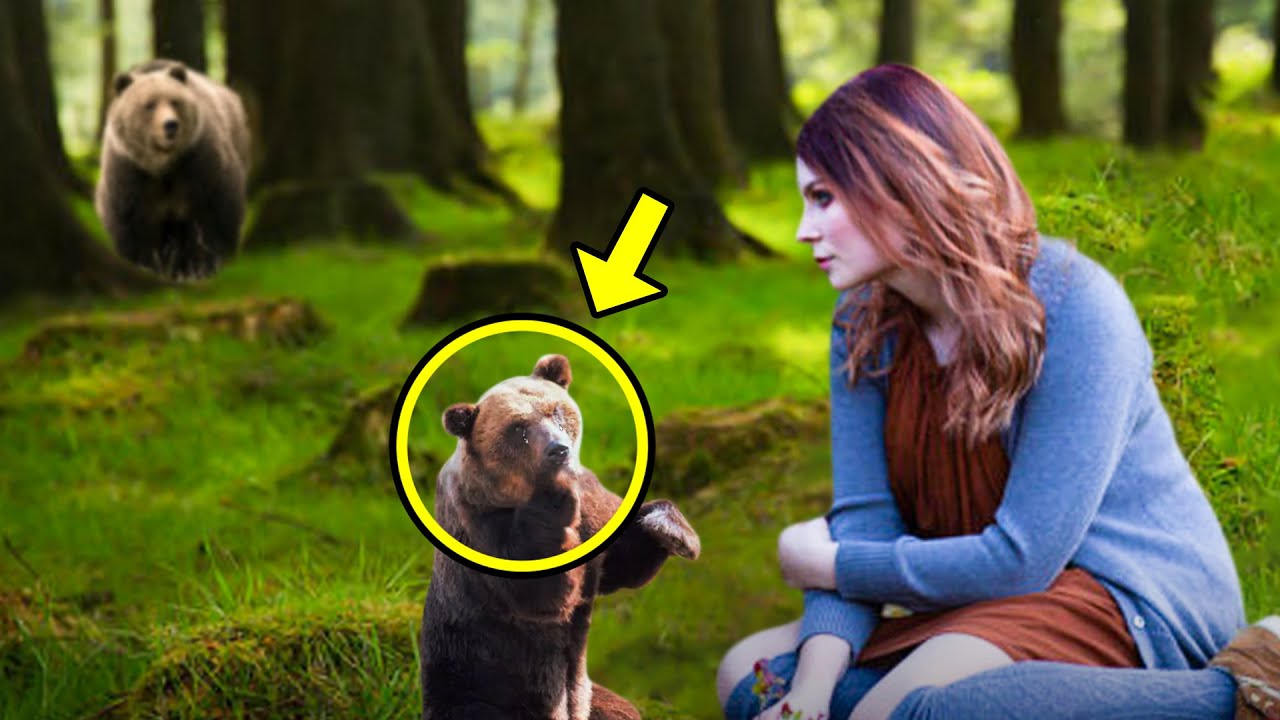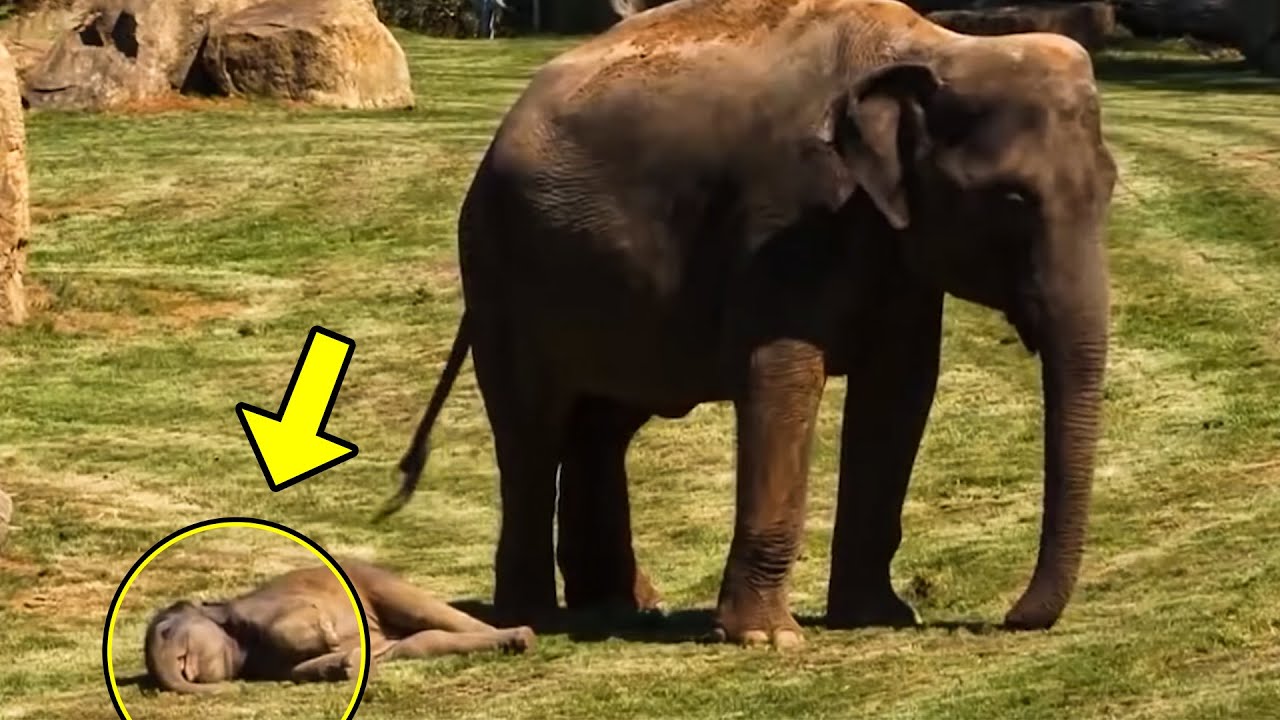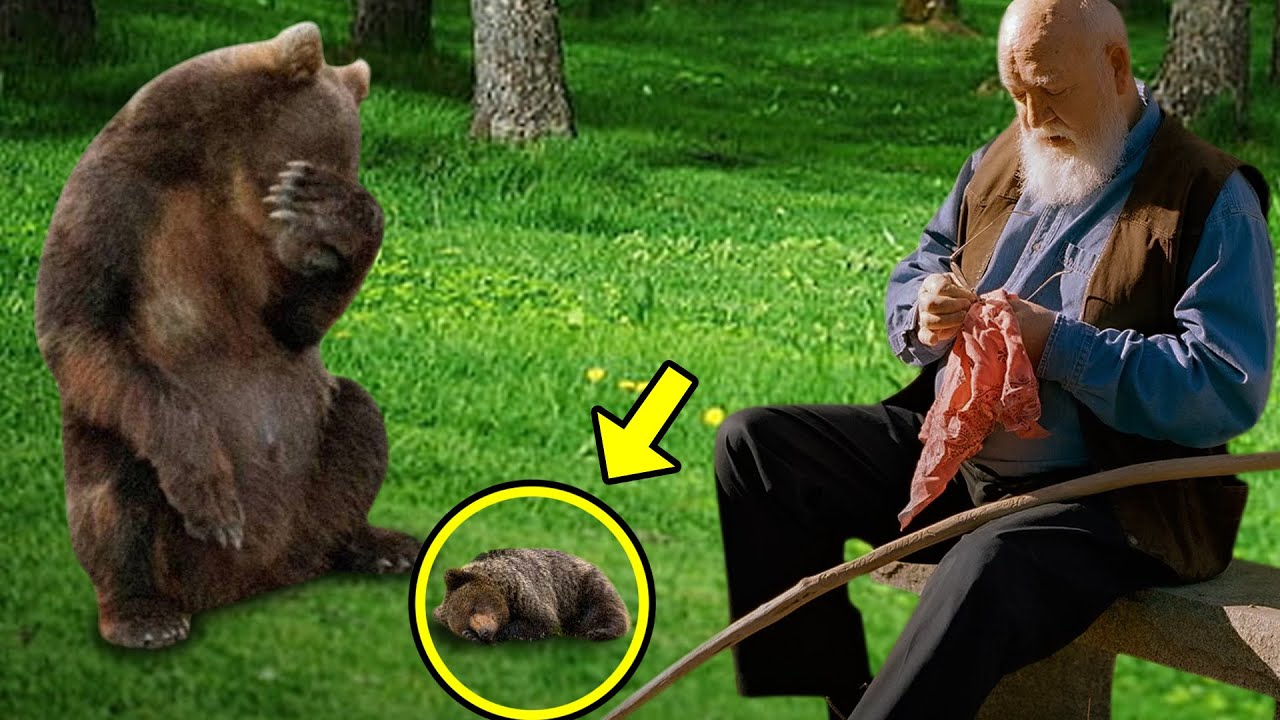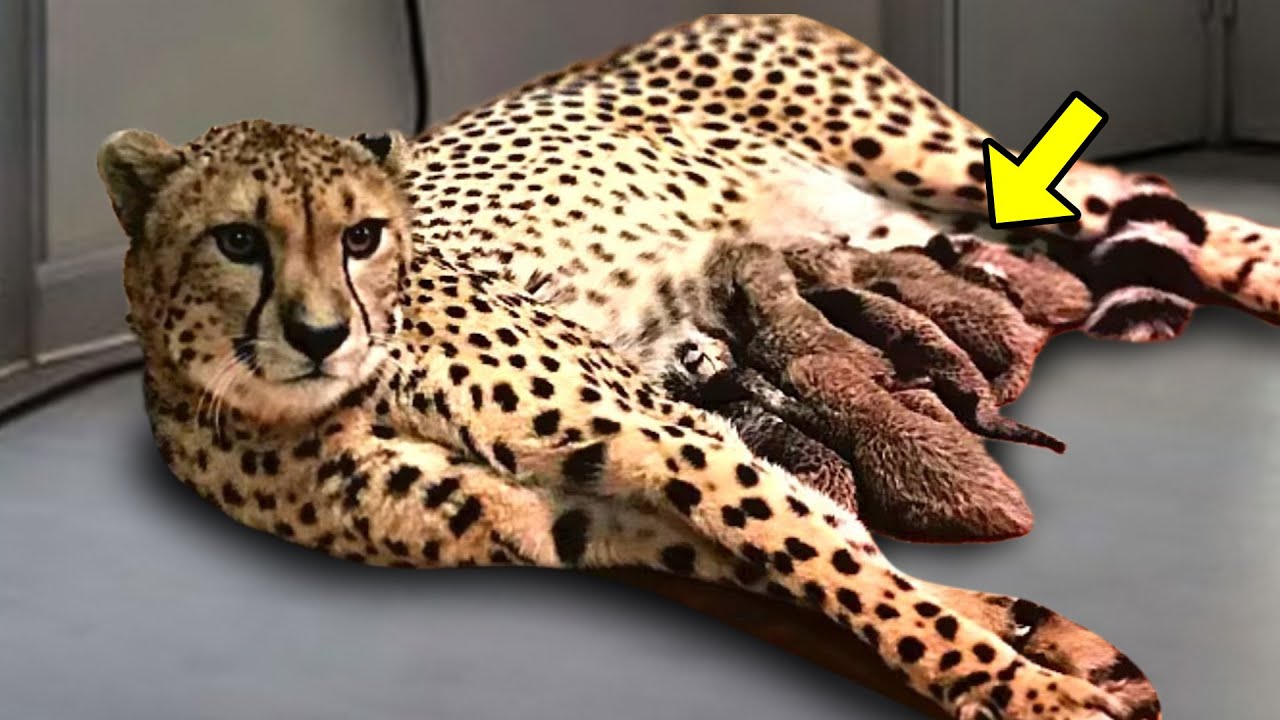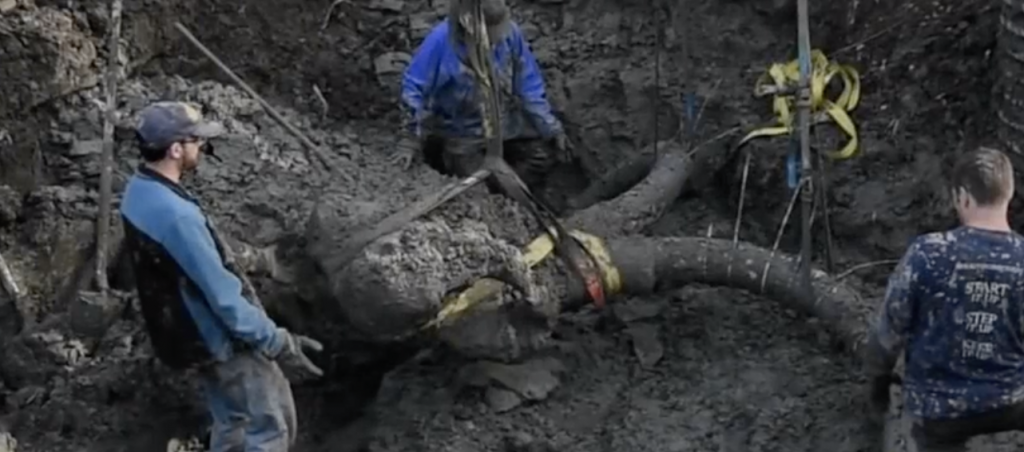
Farmers come across all sorts of strange and unusual things in their fields but what James Bristle found late last September was extra-ordinary and super special. He and a friend were digging in a soy field up in Lima Township, Michigan, when they stumbled across what they initially believed was a piece of debris. According to Bristle “We thought it was a bent fence post. It was covered in mud.” However, upon closer inspection they realized they were dealing with something much larger and harder to remove than a dinky old fence post.
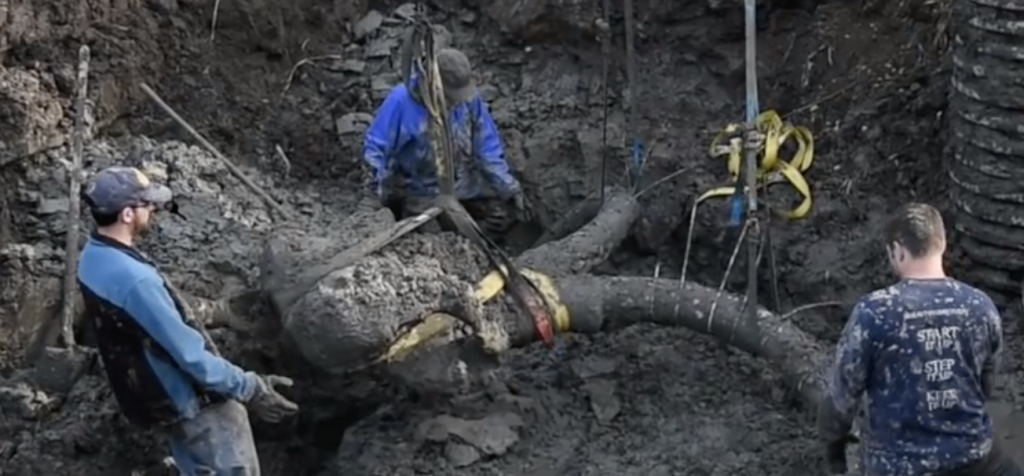
After digging a little more the men realized that whatever they were unearthing was made not of wood, but of bone instead. It turned out that they had found the rib bones of a 10,000 year old woolly mammoth! Further digging led to the discovery of the giant animal’s skull, tusks, and vertebrae. The unexpected discovery was an extremely rare find and the remains were in pretty good condition considering the thousands of years they’d been buried there!
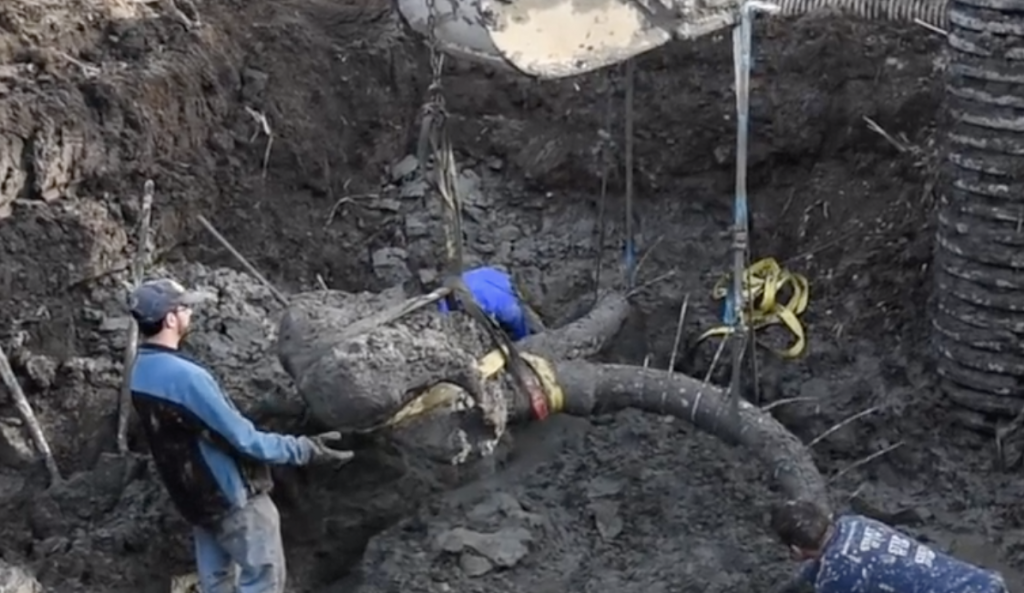
Soon after making the find a group of paleontologists from the University of Michigan were brought in to properly excavate the site. They carefully dug down and around the bones and raised them up with the help of heavy machinery. This video shows the enormous size and scale of both the bones and the dig site. It really puts the sheer size of what a woolly mammoth would have looked like 10,000 years ago, can you imagine a real life one of those beasts!?
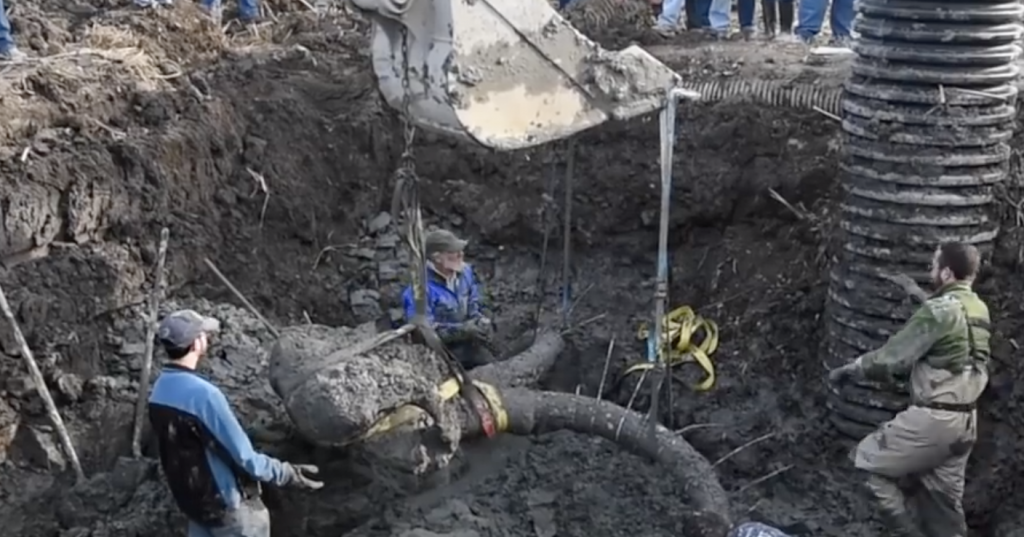
According to Daniel Fisher, Director of the Museum of Paleontology at the University of Michigan, the mammoth “was an adult male, probably in its forties at the time of its death, probably lived between 10,000 and 15,000 years ago.” The team believes that humans killed the mammoth because stone tool fragments were found close by. After killing it, they likely stashed the remains in a pond, weighing it down with large stones. That way they could come back for the leftover meat later on without other animals stripping it bare.
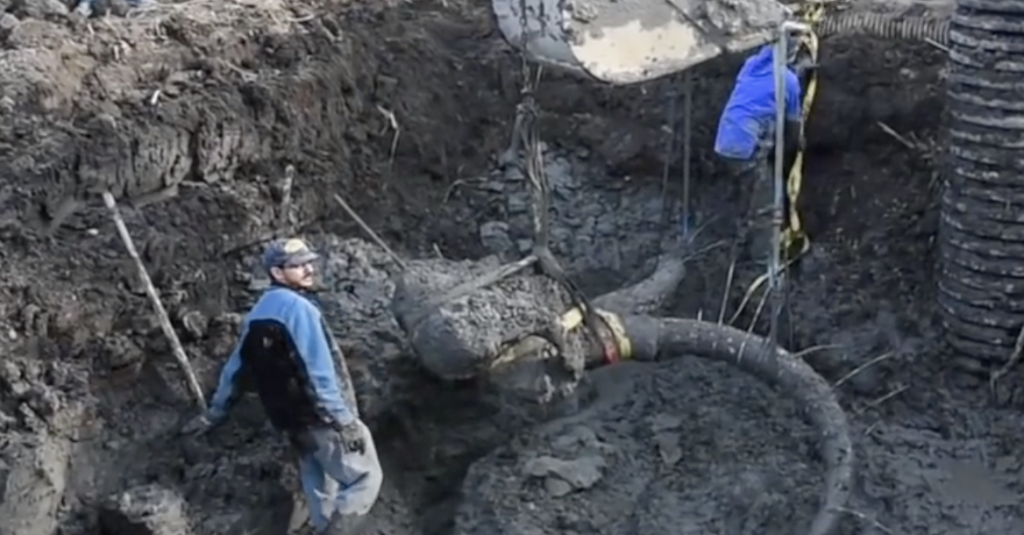
From this point on the discovery will be known as the Bristle Mammoth, after James Bristle the farmer who discovered it. He has also donated the skeleton to the university which he describes as essentially the only “right thing to do.” To date some 10 or so other mammoths have been unearthed in Michigan alone, but none have been as in-tact or complete as the Bristle Mammoth. That fact alone makes it one of the most important and significant finds in the state’s history and soon you may just be able to see it up close and in person!
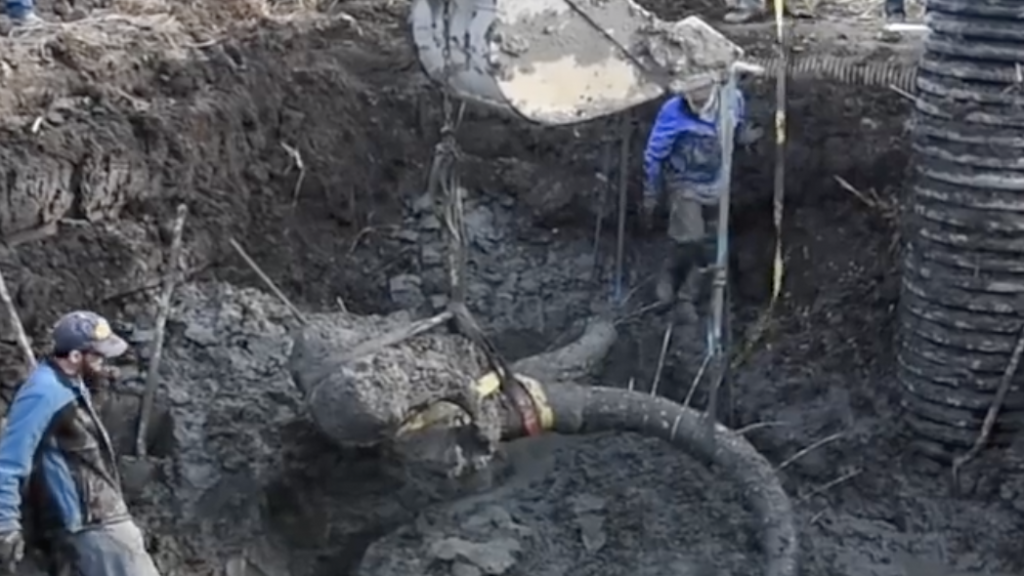
Please Share This Story With Family and Friends


